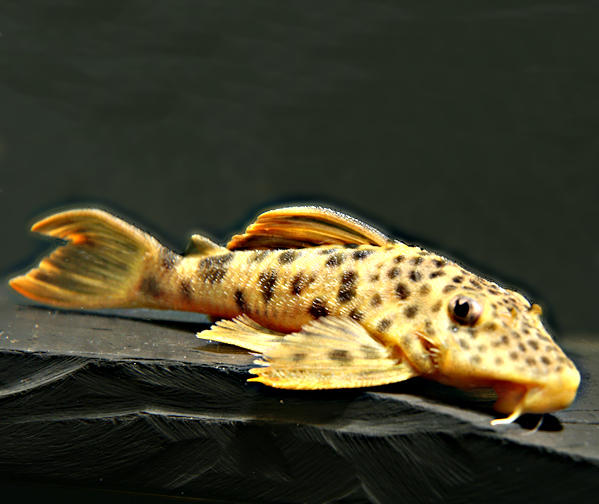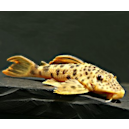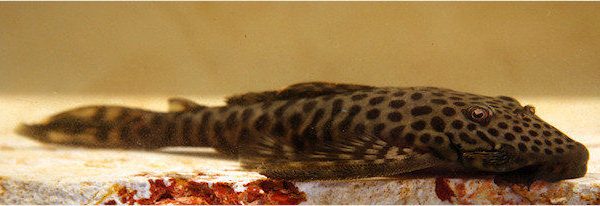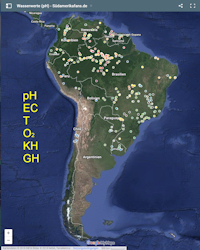Fig. 1 (cover picture): Pseudolithoxus dumus (L 244)Pseudolithoxus are most readily distinguished from other plecos by their extremely long pectoral fins. On the basis of this feature they are also called flyer plecos. Much time has passed between their initial introductions as l-numbers by DATZ magazine in 1996 and the first breeding success one of the species in genus Pseudolithoxus. At the end of 2011 I was delighted to discover fry after much futile effort.The genus Pseudolithoxus was created by Isbrücker and Werner in 2001. The following four species, which Armbruster had originally described as Lasiancistrus in 2000, were transferred to the new genus: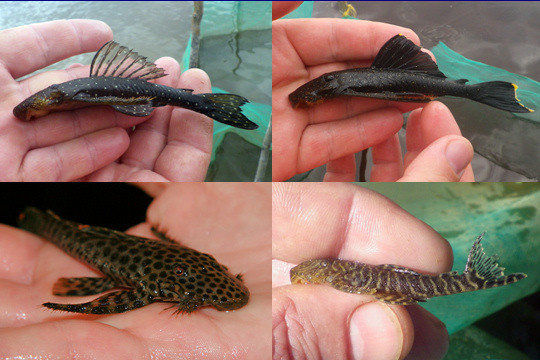
| Fig. 2: | Pseudolitoxus anthrax | Pseudolithoxus nicoi |
| Pseudolithoxus dumus | Pseudolithoxus tigris |
Pseudolithoxus anthrax is the type species of the genus. Considerably later in 2011 Lujan & Birindelli described another attractive species and they placed it in the genus Pseudolithoxus naming it Pseudolithoxus kelsorum (L 189). In addition, three undescribed congeners are known: Pseudolithoxus sp. „L 328“, Pseudolithoxus sp. „L 385“ and Pseudolithoxus sp. „Rio Guapore“. Pseudolithoxus anthrax, P. dumus and P. tigris are the best known in the aquarium hobby as these three species are regularly exported from Venezuela. P. kelsorum is rare in the trade. The first import of P. nicoi to Germany was few months ago (near the end of 2012). Pseudolithoxus anthrax, P. tigris and P. dumus we find mainly in the upper Orinoco basin, especially in the Rio Ventuari. This river is mostly clear water but can be variously clear water mixed with black water or clear water mixed with white water. P. nicoi comes from the black waters in the vicinity of the Rio Casiquare and the Rio Atabapo.
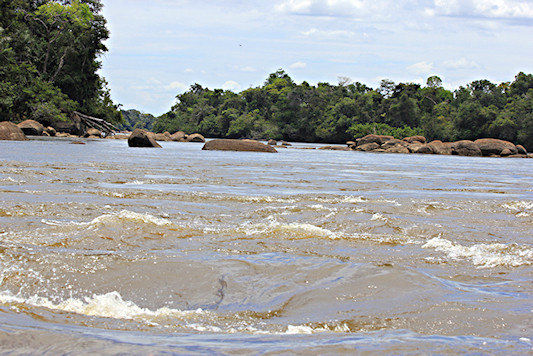
Fig. 3: Río Orinoco near Santa Barbara
| Wassertemperature of water | 26 – 34 °C |
|---|---|
| pH | ~ 6 – 7 |
| Conductivity | ~ 20 µS/cm |
Table 1: Water parameters from upper Rio Orinoco and Rio Ventuari
Pseudolithoxus dumus in tank
About four years ago I was able to buy a group (six plecos, most likely three males and females) of Pseudolithoxus dumus in Welsladen Chemnitz. I kept only these plecos in an aquarium that is 100 cm x 40 cm x 40 cm (160 L) [or approximately 39″ x 16″ x 16″ (35 imp. gal.)]. This aquarium has an external JBL Eco filter and an internal Eheim 2212 filter. I heat the aquarium with a 100 watt heater. The tank has no plants, therefore it is possible to dispense with lighting. The day-night cycle is ensured by the incidental daylight. For this step-up I used catfish caves and slate, and fine, blunt gravel. I soon noticed that the Pseudolithoxus are very similar to the behaviour of Zonancistrus brachyurus (L 168), but these Pseudolithoxus live very much more withdrawn.
Slate pipes instead of catfish caves!
My experience with Zonancistrus brachyurus is that they avoid standard single entrance pleco caves and prefer open ended slate pipes. Also the breeding male Zonancistrus chose such a “pipe”. I decided, because of the similarity of behaviour with Zonancistrus, and even in a Pseudolithoxus aquarium, to replace standard pleco caves with such slate pipes. Additionally, I noticed that the Pseudolithoxus tried to dig holes in the gravel. Thus, the plan for the redesign of the Pseudolithoxus colony was decided; sand instead of gravel and slate pipes instead of regular pleco caves. In terms of water changes, I used mostly RO water or rain water that was supplemented with tap water to achieve the desired water parameters. In most cases I perform a water change after one or two weeks.
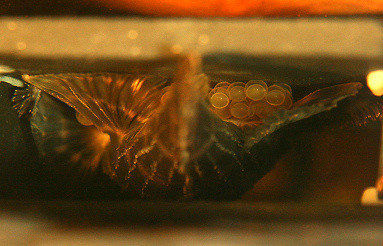
Fig. 4: Zonancistrus guarding eggs
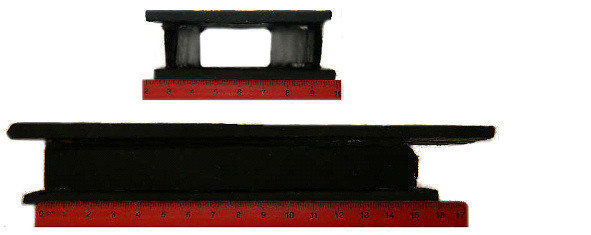
Fig 5: “Slate pipes”
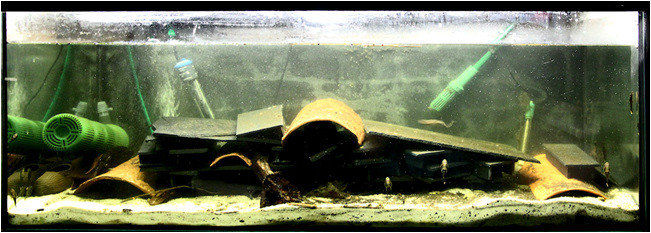
Fig 6: Aquarium after redesign
Occasionally I waited a little longer for purpose of breeding stimulation. On that subject, during the following years I tried to stimulate the animals to spawn by, in particular, changing various water parameters. During this time, these parameters varied in the aquarium in the areas and valuesdetailed in the table below. Parenthesis are used to show minimum and maximum ranges.
| Temperature of water | 27 – 32 °C |
|---|---|
| pH | (4,3 – ) 5 ( – 7,0) |
| GH | < 1 (- 7,0) °dH |
| KH | < 1 (- 4) °dH |
| Nitrite | < 0,025 mg/l |
| Nitrate | < 10 mg/l |
| Conductivity | (50 -) 100 (- 300) µS/cm |
Table 2: Spawning tank parameters
Diet of Pseudolithoxus dumus
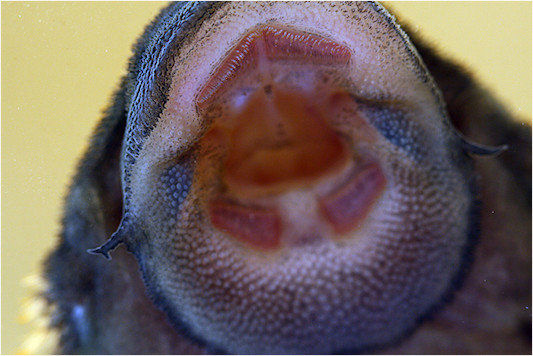
Fig. 7: Mouth of Pseudolithoxus dumus
A look into the mouth of Pseudolithoxus dumus reveals that it is omnivorous, taking mainly vegetarian foods, however, it is not averse to carnivore food either. I feed mainly DuplaRin G. as well as other pleco-chips from JBL and Tetra for variety. Frozen food was barely taken, vegetables are rejected.
The sexes can be easily distinguished
Gender is easily distinguishable because adult Pseudolithoxus dumus show several clear sexual dimorphisms. From the dorsal view males appear much slimmer; the odontodes on the first ray of pectoral-fin are much more numerous, thicker and longer. To a trained eye, the ventral fin appears slightly larger. Furthermore, the distinction based on the genital papilla, which appears in the female more tubular, is also possible.
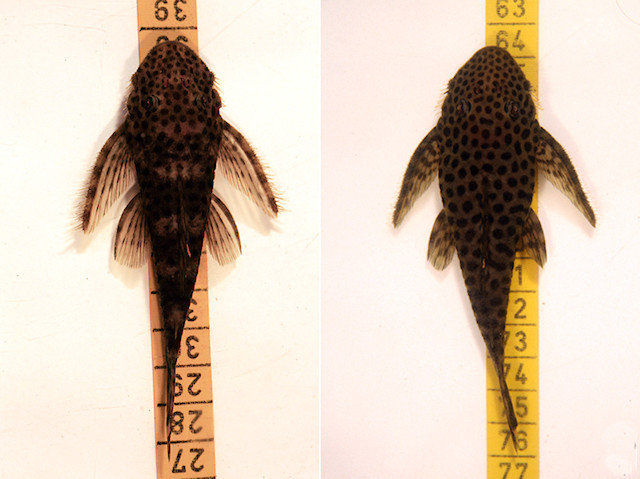
Fig 8: Pseudolithoxus dumus – Slimmer (left) – Broader (right)

Fig. 9: Pseudolithoxus dumus – genital papilla – Slimmer (left) – Broader (right)

Fig. 10: Pseudolithoxus dumus – Pectorale fin und ventrale fin – Slimmer (left) – Broader (right)
Stimulation of Pseudolithoxus dumus (L 244) – but how?
Over time I have bred several different plecos. In this time I have come to believe that the following factors play, or may play, an essential role in spawning:
- male and female (long term)
- size of tank (long term)
- establishment (long term)
- flow (long and short term)
- oxygen concentration (long term)
- quiet (long and short term)
- feed (long and short term)
- water values (long and short term)
- water change (frequency) (long and short term)
- water temperature (long and short term)
- air pressure (change of this) (short term)
After four years of intensive efforts to reproduce Pseudolithoxus dumus, I had exhausted all realizable ideas in relation to probably all of these factors. In resignation, I changed the aquarium water with only with tap water on and only on occasion.
It goes nevertheless – fry of Pseudolithoxus dumus
About six months later, one Sunday evening, I examined the aquarium. There I discovered small Pseudolithoxus. Its yolk sac was completely consumed, therefore it had to be several days old. Based on larvae discovered a few weeks later from a following hatch and their speed to grow up, the initially discovered fry must been about four weeks old. Based on my notes, I had determined that about a fortnight before the initial fry was a change of aquarium water with RO water.
| Temperature of water | 29 °C |
|---|---|
| pH | 5 |
| GH | < 1 °dH |
| KH | < 1 °dH |
| Conductivity | ~ 250 µS/cm |
Table 3: Water values after the initial fryConsidering the fact that I had been doing water changes with tap water for a long time, the pH had fallen relatively quickly within the 14 days between water change and spawn. Over around two and a half months came five spawns, each of which produced more than 20 fry.
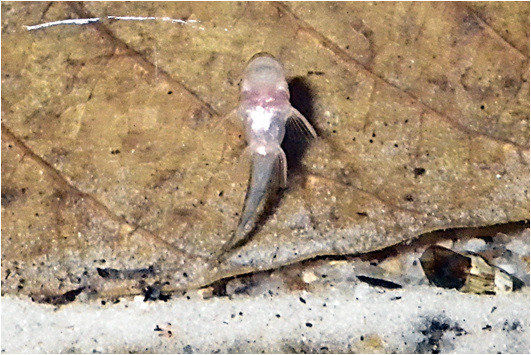
Fig 11: The first Pseudolithoxus dumus-fry

Fig 12: Pseudolithoxus dumus newly hatched

Fig. 13: Pseudolithoxus dumus – four weeks old

Fig. 14: Pseudolithoxus dumus – five weeks old
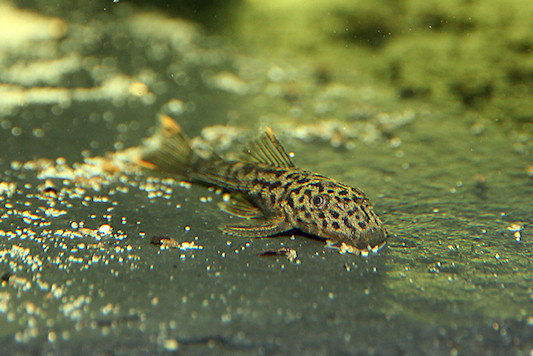
Fig. 15: Pseudolithoxus dumus – seven weeks old
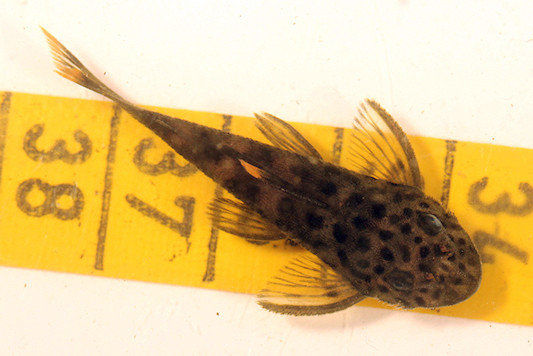
Fig. 16: Pseudolithoxus dumus – seven months old
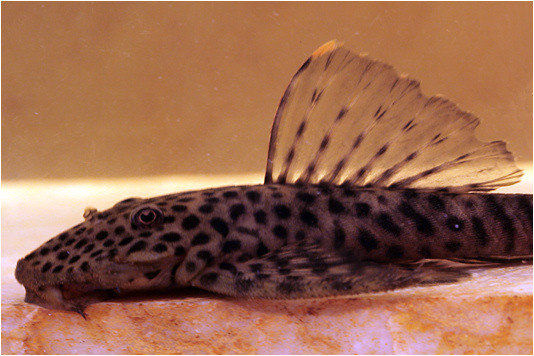
Fig 17: Pseudolithoxus dumus – pectorale of slimmer is during / after brood care longer
The rearing of the fry was very easy. The fry graze around the aquarium glass and aquarium equipment on algae and detritus. Soon the fry accept sera PlecoChips and DuplaRin G. Up to a size of four to five centimetres. The fry they grew rapidly within a few weeks but, thereafter, the growth was much slower. Unfortunately it was not possible to observe the male during breeding. In the hope of taking pictures of the male and the egg clutch, I have probably prevented a spawn. If you approach the aquarium, the adult Pseudolithoxus normally flee to the farthest corner. But this evening the largest male was resolutely clamped in his slate column. Unfortunately, also after I turned the cave, I saw no eggs. The next morning I saw that the slate column was abandonded. A chronological presentation of fry and juvenile development is shown in the images below.
Conclusion
Pseudolithoxus dumus I got to know as a very secretive species. It’s a species for fans of empty looking aquaria. Nevertheless, Pseudolithoxus dumus are not an everyday species in the fishkeeping world and it is a pleasure to study the animals. It is especially nice if it is possible that a species of which was considered hard to breed, now is bred. This gives hope and inspiration to many new fishkeeping challenges!
Continuation March 2015
Meanwhile, a little more than 3 years have passed since the first frys. During this time, they are very, very slow growing. The largest now have a length of about 8 cm.
The parents breed still from time to time. Every week we change about 25% of water. We use a mixture of saltless water (~80%) and tap water (20%).
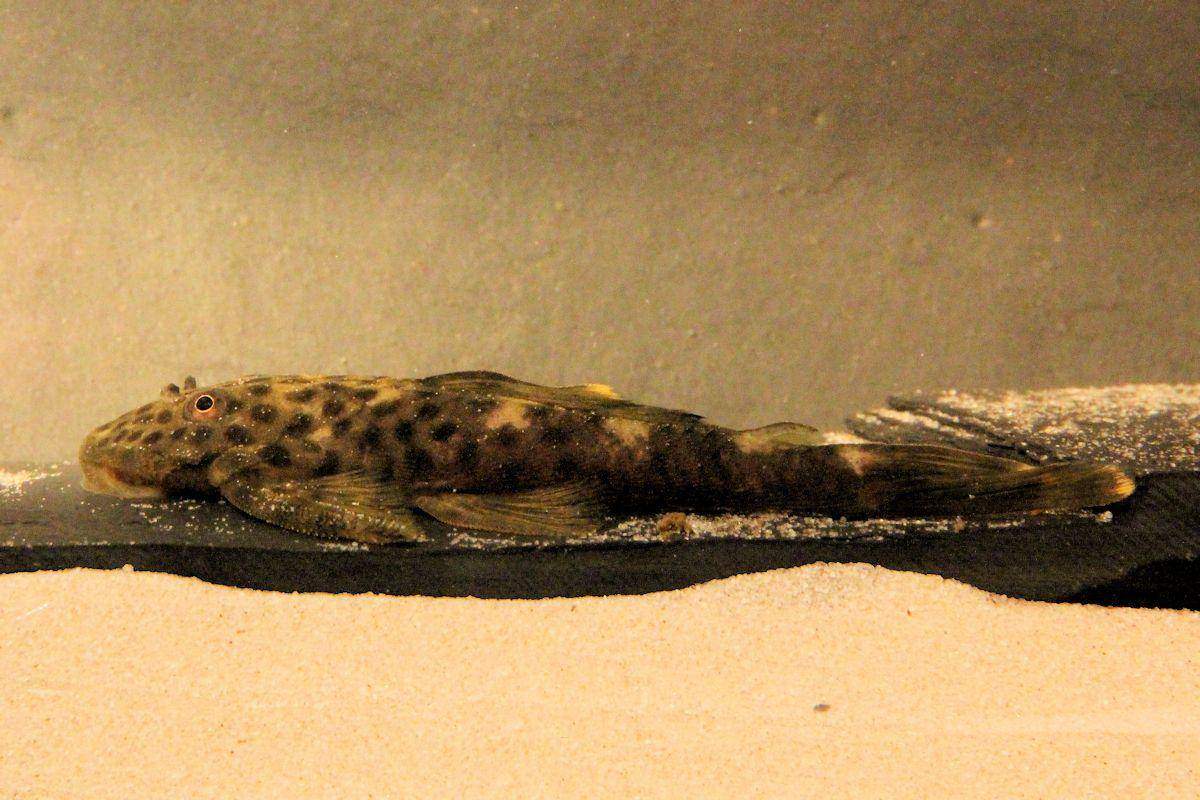
Abbildung 18: Pseudolithoxus dumus – about 3 years, about 8 cm.
